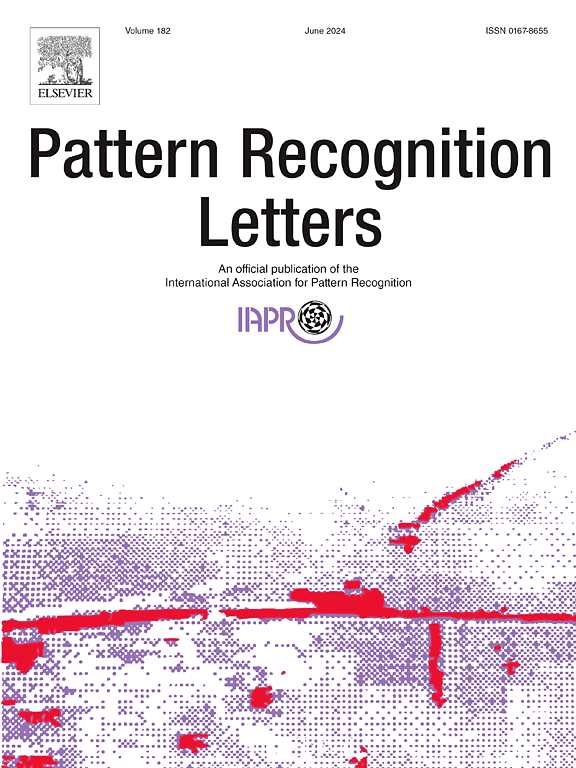神经形态人脸分析:调查
IF 3.9
3区 计算机科学
Q2 COMPUTER SCIENCE, ARTIFICIAL INTELLIGENCE
引用次数: 0
摘要
神经形态传感器又称事件相机,是一类模仿生物视觉系统功能的成像设备。传统的帧式摄像头以离散的时间间隔捕捉固定的图像,而神经形态传感器则不同,它能持续生成事件,这些事件代表了视野中光强度或运动的变化,具有高时间分辨率和低延迟的特点。事实证明,无论从有效性还是从保护隐私的角度来看,这些特性在人脸建模方面都很有意义。然而,神经形态人脸分析仍然是一个原始和无序的研究领域,在解决不同任务方面有多种尝试,但没有明确的标准或基准。本调查报告全面概述了神经形态人脸分析领域的能力、挑战和新兴应用,并勾勒出有前景的方向和有待解决的问题。在讨论了神经形态视觉的基本工作原理并对相关研究进行深入概述之后,我们探讨了可用数据的现状、数据表示、新出现的挑战以及需要进一步研究的局限性。本文旨在重点介绍这一不断发展的领域的最新进展,为研究人员提供对技术现状及其问题和不足的全方位分析。本文章由计算机程序翻译,如有差异,请以英文原文为准。
Neuromorphic face analysis: A survey
Neuromorphic sensors, also known as event cameras, are a class of imaging devices mimicking the function of biological visual systems. Unlike traditional frame-based cameras, which capture fixed images at discrete intervals, neuromorphic sensors continuously generate events that represent changes in light intensity or motion in the visual field with high temporal resolution and low latency. These properties have proven to be interesting in modeling human faces, both from an effectiveness and a privacy-preserving point of view. Neuromorphic face analysis however is still a raw and unstructured field of research, with several attempts at addressing different tasks with no clear standard or benchmark. This survey paper presents a comprehensive overview of capabilities, challenges and emerging applications in the domain of neuromorphic face analysis, to outline promising directions and open issues. After discussing the fundamental working principles of neuromorphic vision and presenting an in-depth overview of the related research, we explore the current state of available data, data representations, emerging challenges, and limitations that require further investigation. This paper aims to highlight the recent progress in this evolving field to provide researchers an all-encompassing analysis of the state of the art along with its problems and shortcomings.
求助全文
通过发布文献求助,成功后即可免费获取论文全文。
去求助
来源期刊

Pattern Recognition Letters
工程技术-计算机:人工智能
CiteScore
12.40
自引率
5.90%
发文量
287
审稿时长
9.1 months
期刊介绍:
Pattern Recognition Letters aims at rapid publication of concise articles of a broad interest in pattern recognition.
Subject areas include all the current fields of interest represented by the Technical Committees of the International Association of Pattern Recognition, and other developing themes involving learning and recognition.
 求助内容:
求助内容: 应助结果提醒方式:
应助结果提醒方式:


